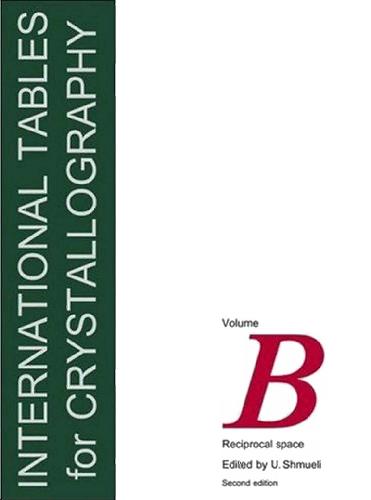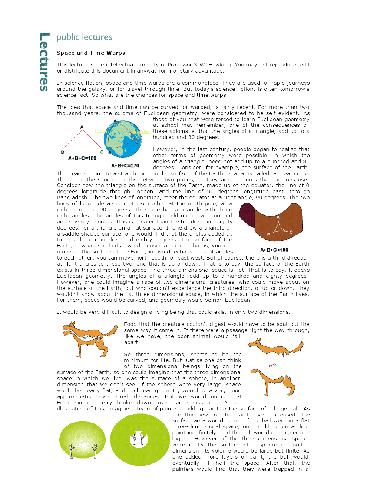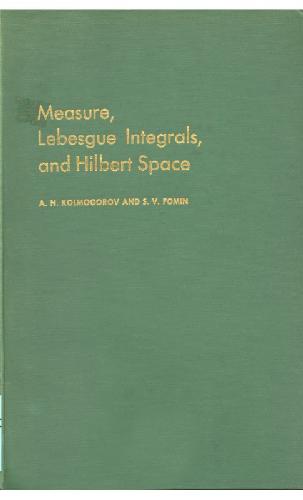Shmueli U. (ed.)0-7923-6592-5
The general purpose of Volume B is to provide the user/reader with competent and useful accounts of the numerous aspects of reciprocal space in crystallographic research. Several chapters have been revised and updated for the second edition, and five new chapters have been added (see Contents below). After an introductory chapter, Part 1 presents the reader with an account of structure-factor formalisms, an extensive treatment of the theory, algorithms and crystallographic applications of Fourier methods, and fundamental as well as advanced treatments of symmetry in reciprocal space.In Part 2, these general accounts are followed by detailed expositions of crystallographic statistics, the theory of direct methods, Patterson techniques, isomorphous replacement and anomalous scattering, and treatments of the role of electron microscopy and diffraction in crystal structure determination, including applications of direct methods to electron crystallography. Part 3 deals with applications of reciprocal space to molecular geometry and ‘best’-plane calculations, and contains a treatment of the principles of molecular graphics and modelling and their applications; it concludes with the presentation of a convergence-acceleration method of importance in the computation of approximate lattice sums. Part 4 contains treatments of various diffuse-scattering phenomena arising from crystal dynamics, disorder and low dimensionality (liquid crystals), and an exposition of the underlying theories and/or experimental evidence. The new additions to this part are treatments of polymer crystallography and of reciprocal-space images of aperiodic crystals. Part 5 of the volume contains introductory treatmentsof the theory of the interaction of radiation with matter (dynamical theory) as applied to X-ray, electron and (new for the second edition) neutron diffraction techniques. It is important to note that the simplified trigonometric expressions for the structure factors in the 230 three-dimensional space groups, which appeared in Volume I of International Tables of X-ray Crystallography, can now be found in Appendix 1.4.3 to Chapter 1.4 of Volume B. The volume is a vital addition to the library of scientists engaged in crystal structure determination, crystallographic computing, crystal physics and other fields of crystallographic research. Graduate students specializing in crystallography will find much material suitable for self-study and a rich source of references to the relevant literature. | |







Reviews
There are no reviews yet.